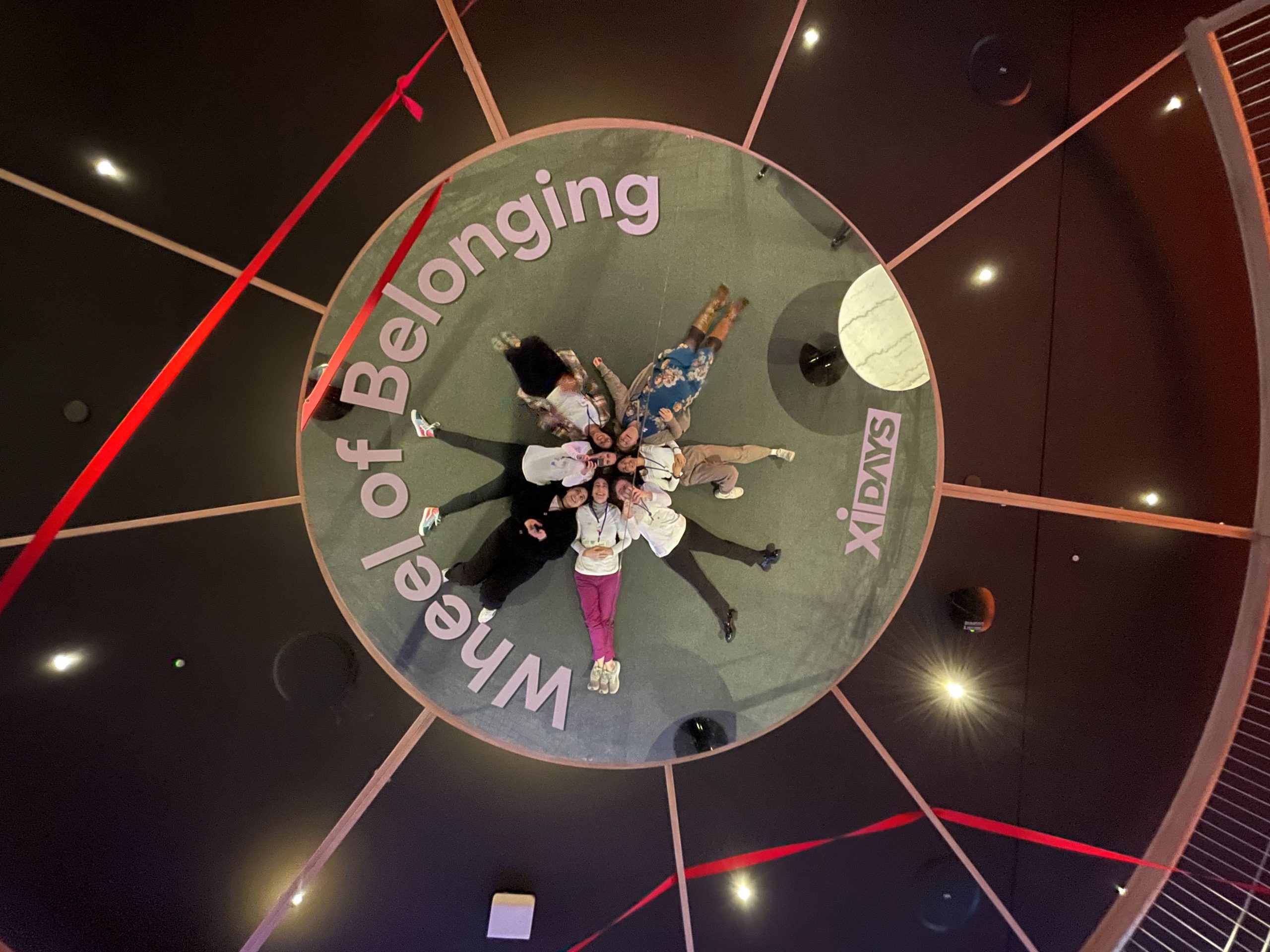How can we make the business case to design for belonging in our experiences?
As experience designers, it’s likely that a sense of belonging is something you aim to foster in your experiences. But are there any set pathways or to help you design for belonging? And how can you prove its value when convincing clients and C-Suites of your process?
Naomi Clare Crellin, Katy Mull and Natalie Fulgencio-Turner are CEO, VP Creative Strategy and VP Interpretive Strategy at Storycraft Lab, who specialise in the art and science of experiential engagement and have previously worked with the likes of Google Xi.
They recently conducted a study into why belonging matters and how it impacts the experiences we create for individuals and communities, resulting in a framework you can add to your experience design tools right now: The Wheel of Belonging.
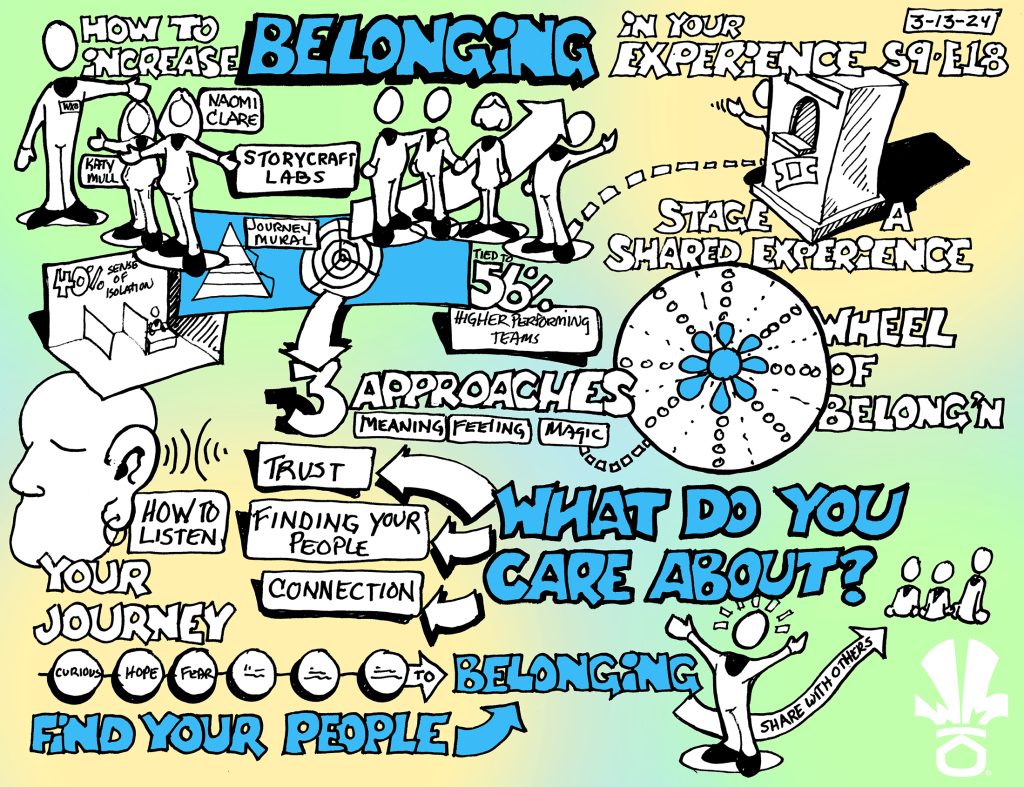
“Belonging represents a win for us all. It creates more meaningful, joyful, transformative experiences for our audiences, and ladders back up to a seriously positive ROI.”
Naomi Clare Crellin
Whether you’re a professional looking to enhance the inclusivity of your services, a learning experiences expert, or someone passionate about creating more belonging in your community, their insights in this WXO Campfire present a valuable opportunity to learn, share, and grow.
You’ll learn how to make the case for belonging, get insights into the data from their unique study, and discover the 8 ladders to intentionally design for belonging.
To watch the full recording, participate in the interactive Mural board set up by Storycraft Lab to build your belonging pitch and test their ideas, or join the discussion at future Campfires, apply to join the WXO today.
The Case To Design For Belonging
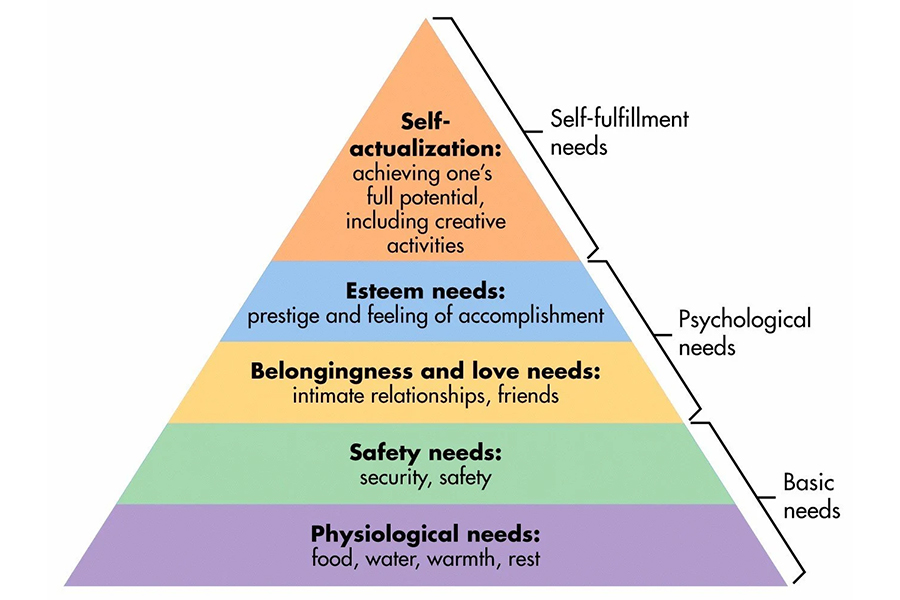
Belonging – the feeling of security and support when there is a sense of acceptance, inclusion, and identity for everyone – has been around forever. In Maslow’s Hierarchy of Needs, he places belonging in the centre of the pyramid – it is a gateway through which all humans must pass to access those higher meanings and is integral to progression.
However, there’s also been a resurgence in interest in belonging over the last couple of years, particularly from the world of business. Organisations are trying to solve some thorny problems when it comes to the state of humankind post-pandemic: a drop in productivity, the challenge of getting people back into cities and offices, and the loneliness epidemic. And the answers all point back to belonging.
Through their research, Storycraft Lab has started to see data points emerge like stars in a constellation that reveal the centrality of belonging in terms of benefits for both business and for humans.
Often, there’s a tension between business and human goals. But when it comes to belonging, we should feel empowered that it enables us to create beautiful experiences that make humans better.
Clearly, there’s a need to advocate for the value of belonging so that when we present ideas to the C-Suite, we can articulate its business value. Storycraft Lab has pulled together some key facts that can be really impactful:
- Belonging is an extension of DEI that reduces attrition and improves productivity. According to the Harvard Business Review, 40% of people say that they feel isolated at work, resulting in lower organisational commitment and engagement. When you design for belonging, you also build inclusion into your experience.
- Belonging can unlock individual potential and organisational growth. According to Forbes, a sense of belonging is tied to 56% higher performing teams, more recognition, and individual career growth.
- Those that experience belonging are 167% more likely to recommend. For experience designers who often have to deal with NPS scores, belonging has the potential to increase it. It’s also crucial to moving people through the sales funnel, as when someone receives a recommendation, they’re 4x more likely to make that choice.
- Consumers are willing to pay 12% more for products and services that align with their values – and the number-one value in the US is… belonging.
“We should feel empowered to go and start building a merry band of disruptors that can sponsor this idea of belonging.”
Naomi Clare Crellin
The Wheel Of Belonging: The 8 Ladders To Design For Belonging
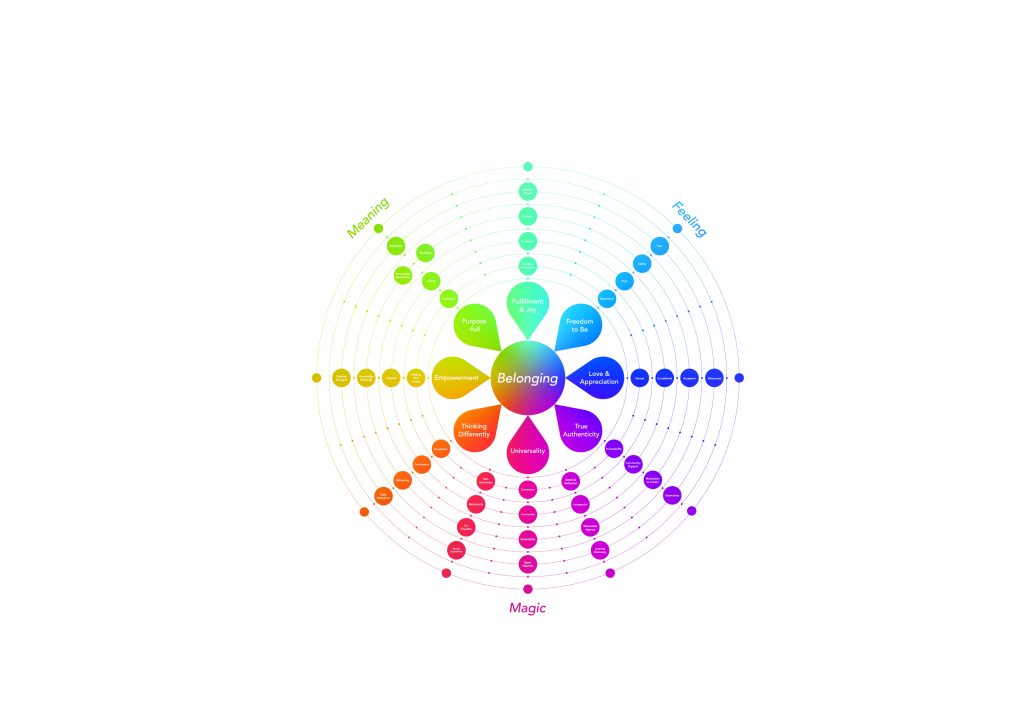
Storycraft first started studying belonging when working with Google Xi in 2022 on their mission to “understand evolving techno-social norms”. As their work progressed, they noticed that the sentiment of belonging kept coming up in conversations around community, gathering inclusively, and how we participate.
As a result they redrew their emotional journey map, noticing that people would approach belonging from one of three general directions:
- Feeling. Feeling is often what we remember of an experience, and can be a way we navigate it.
- Meaning. We often seek meaning and to understand how an experience aligns with our core values and fits into our lives.
- Magic. When an experience sparks change, we’re transformed. It can significantly alter your point of view and redirect your path.
The next step was to set up spaces for conversations around what belonging means to people and what their belonging journey is. This helped Storycraft Lab to map words onto regions of the wheel associated with different moments in their journey to belonging, and see which progressions started to emerge, eventually resulting in 8 “ladders”:
- Empowerment: a pathway of action and ignition.
- Purpose-full: a pathway of intention.
- Fulfilment & Joy: a pathway of happiness.
- Freedom to be: a pathway of acceptance.
- Love & Appreciation: a pathway of recognition.
- True Authenticity: a pathway of self-actualisation.
- Universality: pathways of connection (solitary, serendipitous, and social).
- Thinking Differently: a pathway of transformation.
“Belonging isn’t binary: it’s complex and the journey is different for everyone. Some people move from feeling to meaning, or from feeling to magic to meaning. The Wheel of Belonging has become a framework for the questions of how we might design for belonging, and how we might support individuals on their journey to belonging in an authentic way.”
Katy Mull
Storycraft Lab then designed an interactive gallery space to invite people to share their belonging journeys visually and provoke more conversations. From the more than 10 activations and 603 belonging journeys mapped, they were able to identify that the top touchpoints overall were trust, finding your people, and connection.
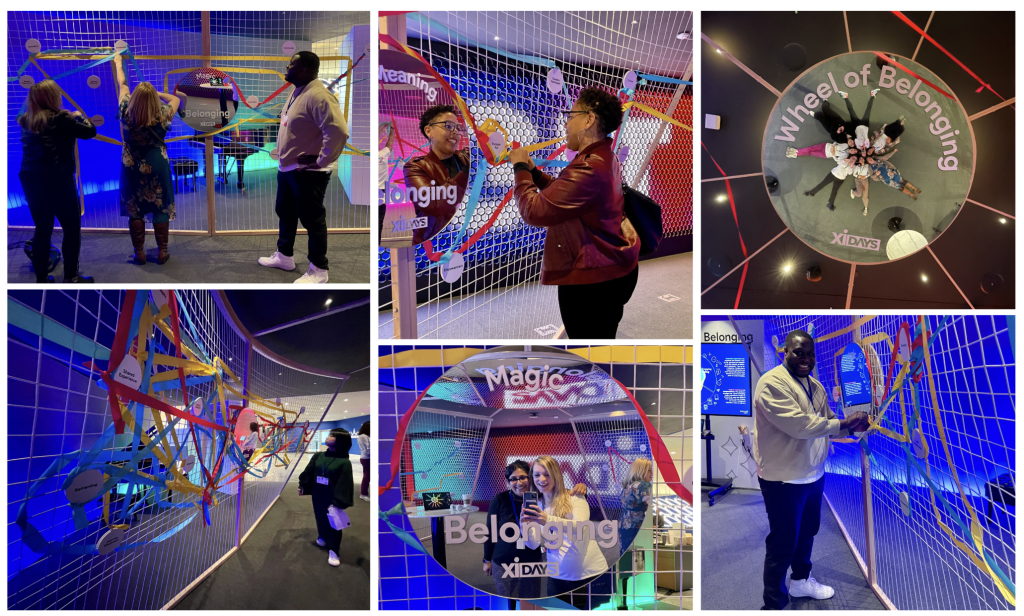
However, they were also able to see that different groups have a unique “belonging DNA”. Marketers, for example, tended towards touchpoints like curiosity, thinking differently, and the motivation to create.
The more corporate world of fintech, on the other hand, spoke more about empowerment, confidence, and knowledge exchange. As experience designers, we can see the touchpoints occurring with frequency so we know what to focus on when we design for belonging.
These design tools provide a route into these conversations, opening a dialogue with our audiences about how we can help them feel like they belong. On the flip side, if we’re asking these questions, we also have to listen – and demonstrate that we’re doing so through the actions we take to design for belonging and the experiences we make tht reflect this.
The WXO Take-Out
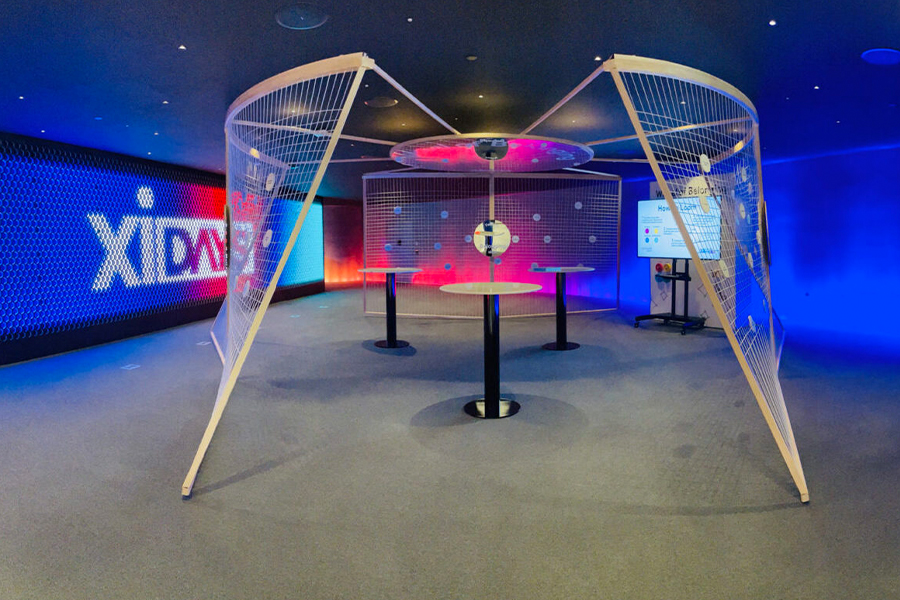
As the demand for experience design that helps build inclusion ramps up – and our recognition of belonging as a key tool for human connection and commercial success increases – knowing how to identify these different pathways to cultivate belonging strikes us as a crucial tool to add to your design process.
Belonging is also a topic that we see recurring across the Experience Economy – see our Campfire on How Experience Design Will Save Our Cities, where cities are described as “an engine for belonging”, the recent launch of Belong Centers across the US, and the ongoing resurgence in live events and experiences that connect us.
So next time you’re designing an experience, ask yourself:
- How do you currently design for belonging in your experiences?
- Which of the 8 ladders to belonging might apply most to your experience?
- Which belonging touchpoints might resonate best with your audience?
If you enjoyed this, here are a few previous WXO Campfires we think you might find interesting:
- The 6 Tools To Make (& Keep) People Curious
- How Experience Design Will Save Our Cities
- How To Design For Creativity And Curiosity
- Reinventing Employee Experience In The Post-Pandemic Workplace
- A Pattern Language For The Experience Of Work
- The Economy Of Meaningful Experiences
Want to come to live Campfires and join fellow expert experience creators from 39+ different countries as we lead the Experience Revolution forward? Find out how – and the current speaker line-up – here.

